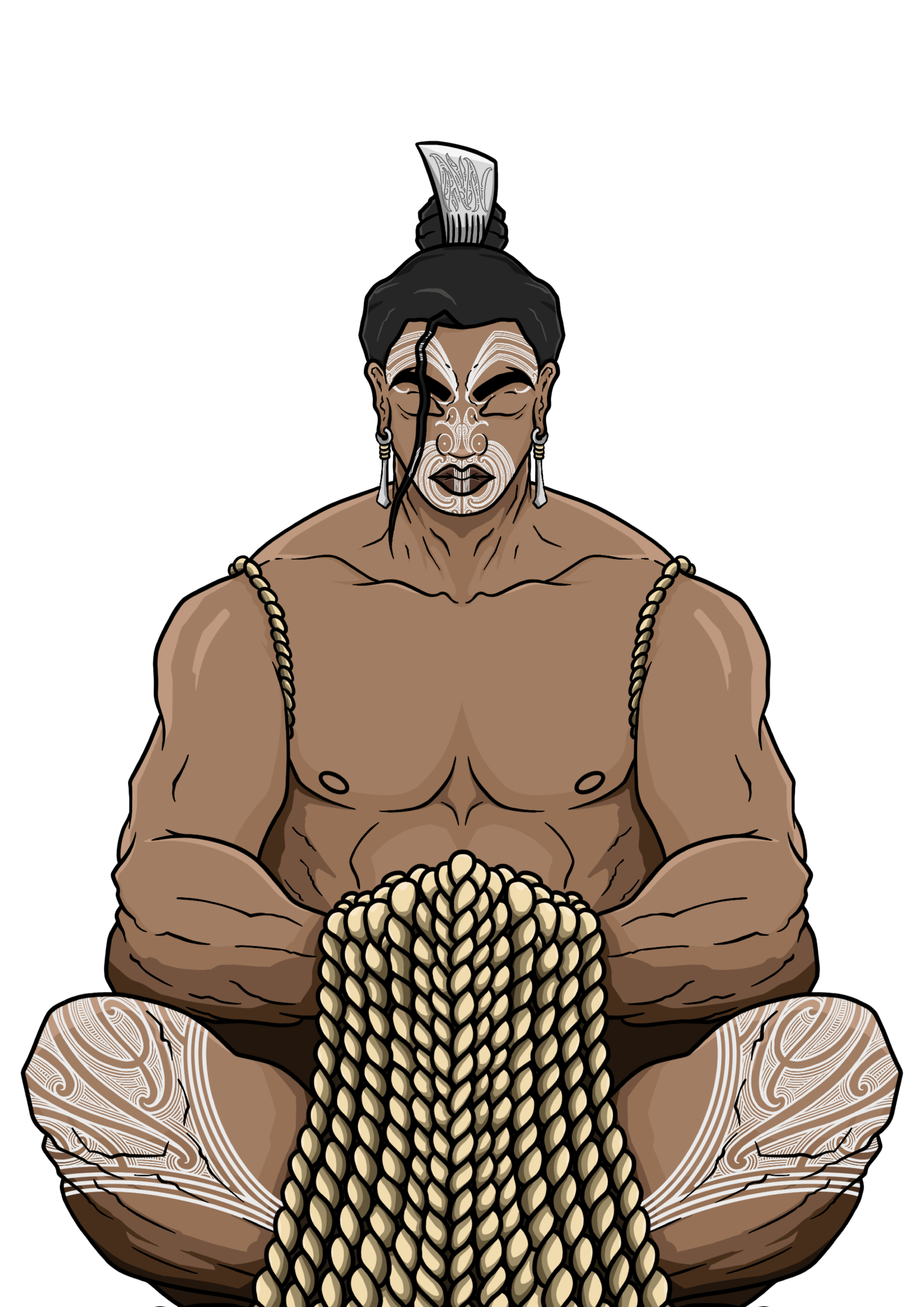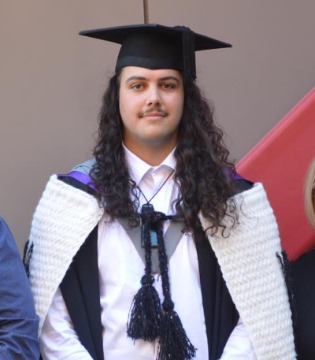

Luke August: Prosthetic Engineer
When I dicovered my love for engineering, it was a game changer. It has helped me on my pathway as a prosthetic engineer
When I dicovered my love for engineering, it was a game changer. It has helped me on my pathway as a prosthetic engineer
He uri ahau nō ngā iwi o Te Ātihaunui-a-Paparangi, Ngāti Hauiti, rātou ko Mūaupoko
When I started high-school I heard that there was a shortage of plumbers, so I thought I’d learn how to do that. When I started at the Pūhoro STEMM Academy though, my eyes were opened to other Science, Technology, Engineering and Maths (STEM) careers. The first wānanga was based around engineering. They gave us a variety of motors, extrusions and 3D-printed parts and we had to come up with ways to use them to achieve different tasks. I enjoyed this so much that I decided to pursue a career in engineering.
There are so many STEM related jobs around that it’s impossible to know what they all are. Once you get into looking into STEM, you might find that you fall in love with something that you have never heard of. It’s totally okay to pivot your goals if you discover something you really love. Our ancestors were the original scientists and engineers. They built waka to traverse the ocean with their knowledge of aerodynamics, they navigated their way to Aotearoa by the stars with astronomy. We have so much potential in the area of STEM to tap into that.
I have just finished my Master of Mechanical Engineering at the University of Waikato. My thesis focuses on improving the quality of life for upper limb amputees. To achieve this, I developed a variety of different prosthetic hands, investigated two different neural interfaces (EMG and EEG) used as control systems and explored the value Matauranga Māori can provide to the development of prosthetics.
My work is starting to delve into the intersection of Mātauranga Māori and mechanical design now. As a Māori engineer, it means that I can draw influence from both sides to provide more value. This intersection is relatively unexplored, making it both challenging and exciting to pioneer new paths.
Luke's Pathway to Becoming a Prosthetic Engineer
- Palmerston North Boy's High School
- Engineering with Puhoro STEMM Academy
- Bachelor of Engineering at University of Canterbury
- EEG and EMG Prosthetic Hand Development Internship
- Master of Engineering at The University of Waikato
- PhD student at the University of Waikato
Originally written by Amokura Panoho for Careers with STEM and adapted with permission from Careers With STEM – Indigenous



